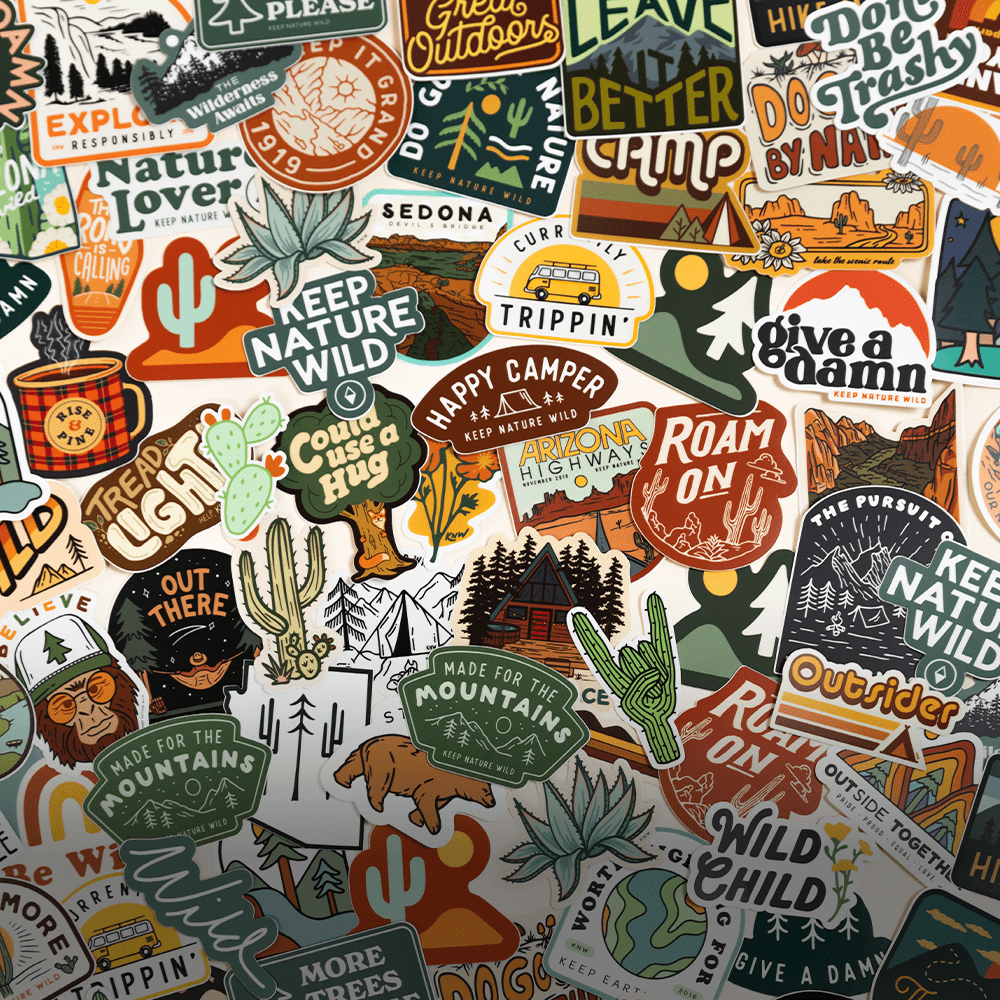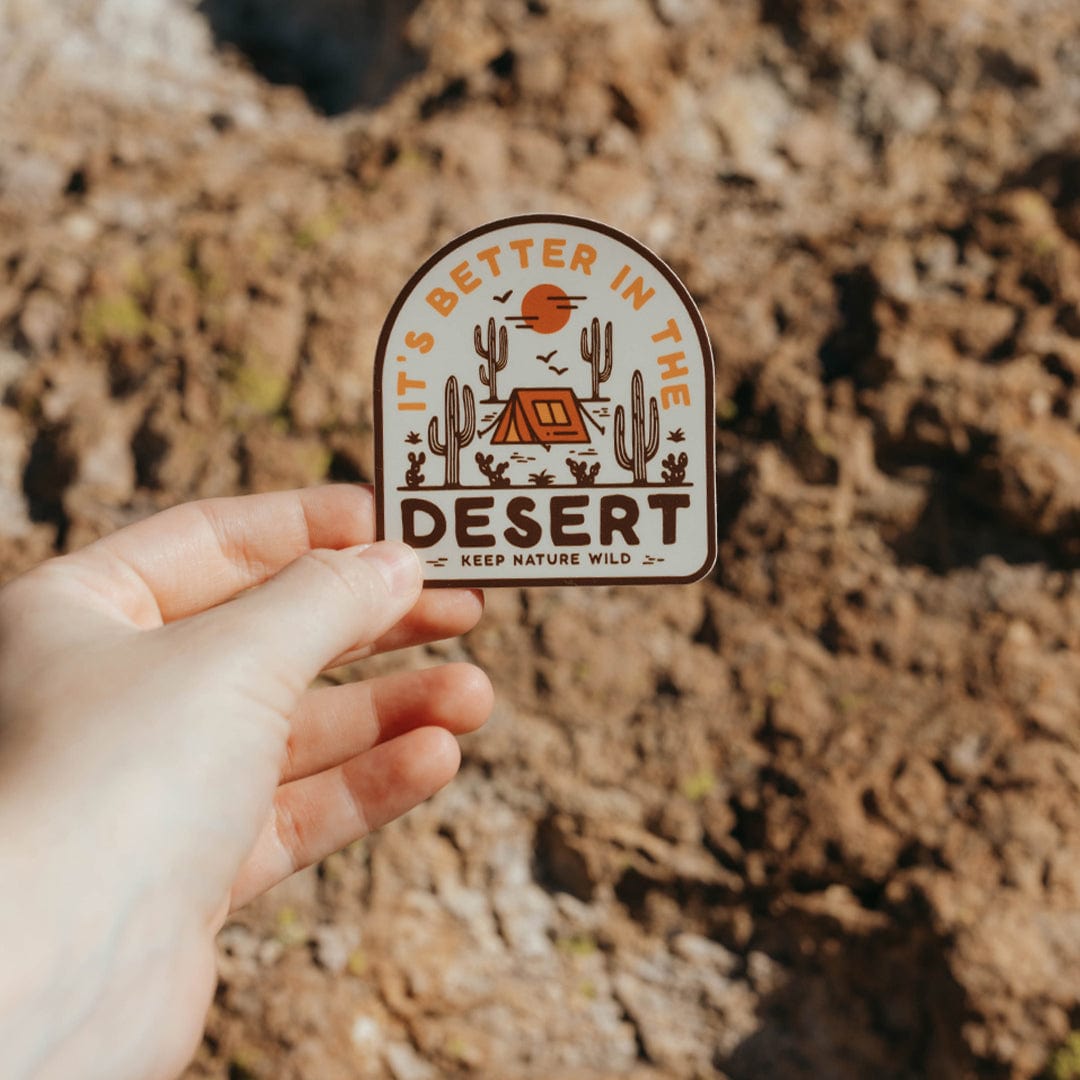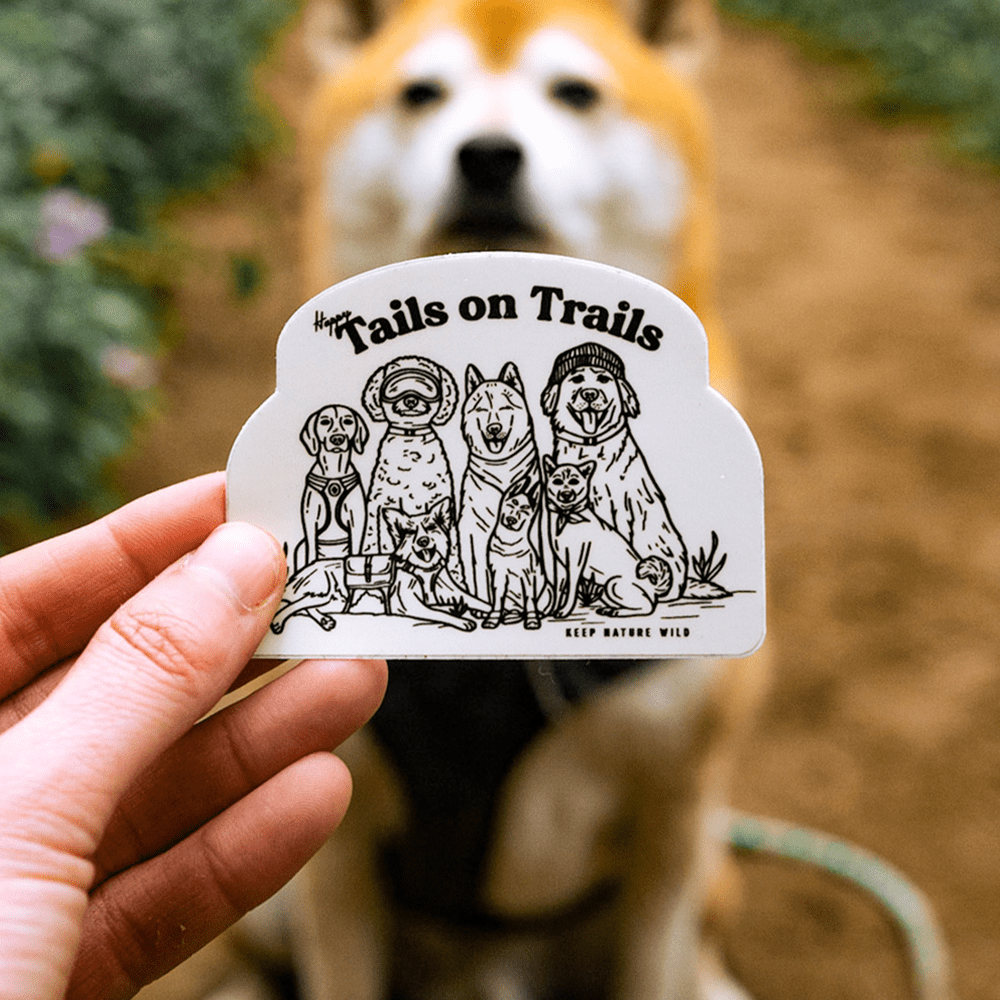Nature journaling is a wonderful way to connect with your favorite places, old and new, and to teach yourself how to pay better attention to details within your surrounding landscapes. The sights, sounds, and other observations recorded in a nature journal can be used as part of larger scientific inquiries and studies, for education and inspiration, and/or just for fun.
As a bonus, starting a nature journal is also incredibly simple and easy to do!
All you’ll need to begin is a notebook (or loose-leaf paper in a binder or underneath a clipboard, if you’d prefer), a trusty pen or pencil (I use waterproof ink whenever I’m writing/sketching outside), and your inherent powers of observation.
Walk outside/hit your favorite trail and stand quietly in the same spot for a few minutes. What do you see right in front of you? What about above you? What’s on the ground? What do you hear? What do you smell? Write down everything you notice. Make a list.
Ta-da! You’ve officially started your first nature journal.
Within the naturalist realm there are traditionally four types of nature journals most commonly used:

Specific Location Journals
These are intended to create a comprehensive account of the natural history of a specifically limited area—one you visit and can interact with often—such as your backyard, a nearby park, schoolyard, or your favorite section of a local hiking trail. This journal might include notes about daily weather, as well as any and all plants, animals, and human-caused changes to the environment.

Phenology Journals
This type of journal is an account of seasonal changes affecting flora and fauna in a specific location over an extended period of time. The focus in these journals centers on the plants and animals themselves, and how they change and behave based on outside influence/seasonal shifts. You could visit the same tree during every season of the year, for example, and note what you see. The longer you keep a phenology journal, the more patterns you’ll start to notice.

Grinnell Journals
These sorts of journals, first pioneered by American field biologist and zoologist Joseph Grinnell, remain popular among biologists worldwide. They are traditionally more scientific and detailed in nature, and typically include daily accounts of observation at a specific location, combined with a running record of individual species of plants and animals found therein. Once you get the hang of the format it’s a simple journal to keep, but often the most time-consuming option.

Chronological Journals
Alternately known as travel logs, anyone who has ever recorded daily details from a vacation, a backpacking trip, or a road-trip has likely already created a version of this journal. The emphasis in these journals is a variety of happenings and observations from many varying places for the duration of the trip in question.
Most nature journals, no matter what type they are, include some basic information to help with organization and pattern recognition:
- Name
- Date
- Location (Be as specific as possible)
- Time
- Weather
- Impressions/Observations
- Sketches (Entirely optional but highly recommended; odds are good your drawings will only get better with practice.)
Ultimately, there are countless options to observe and record your natural surroundings, and odds are good you’ll find your favorite way to do it once you start making it a regular habit. Experiment and see what works best for you!
My favorite part about nature journaling? There’s absolutely no right or wrong way to do it.







Leave a comment
All comments are moderated before being published.
This site is protected by hCaptcha and the hCaptcha Privacy Policy and Terms of Service apply.